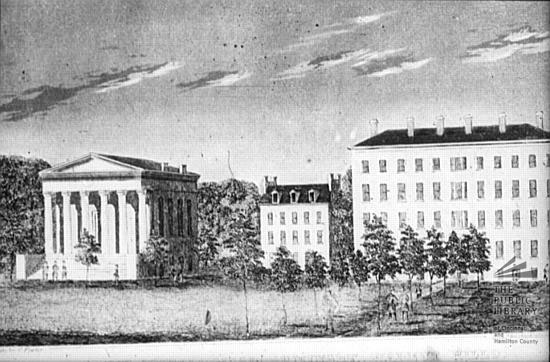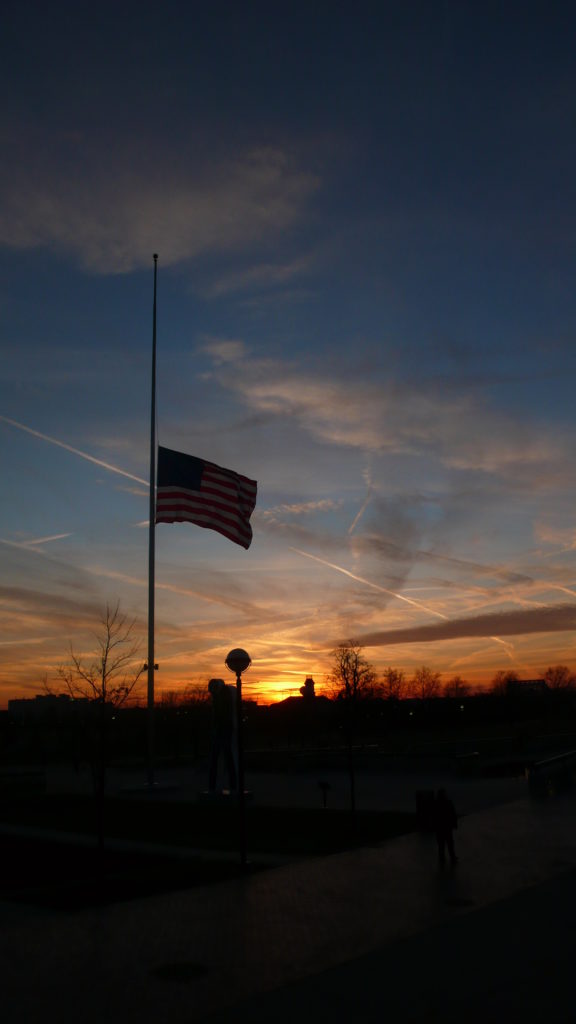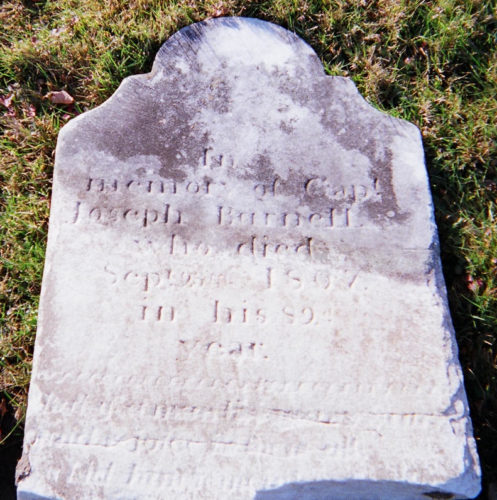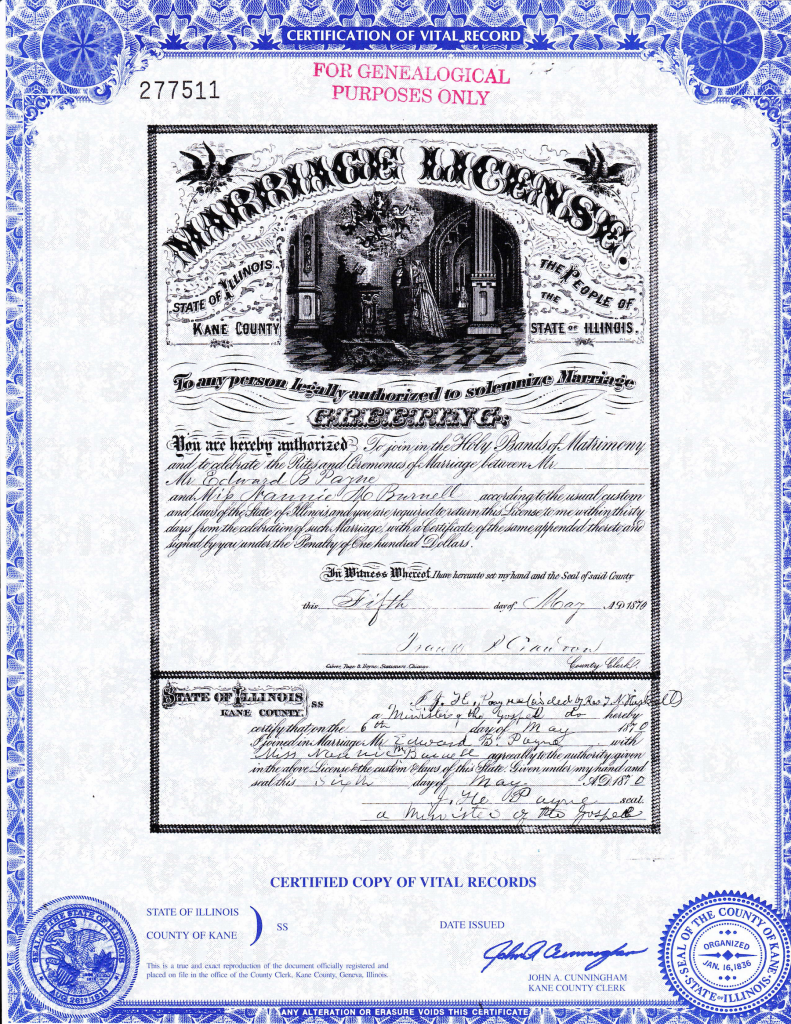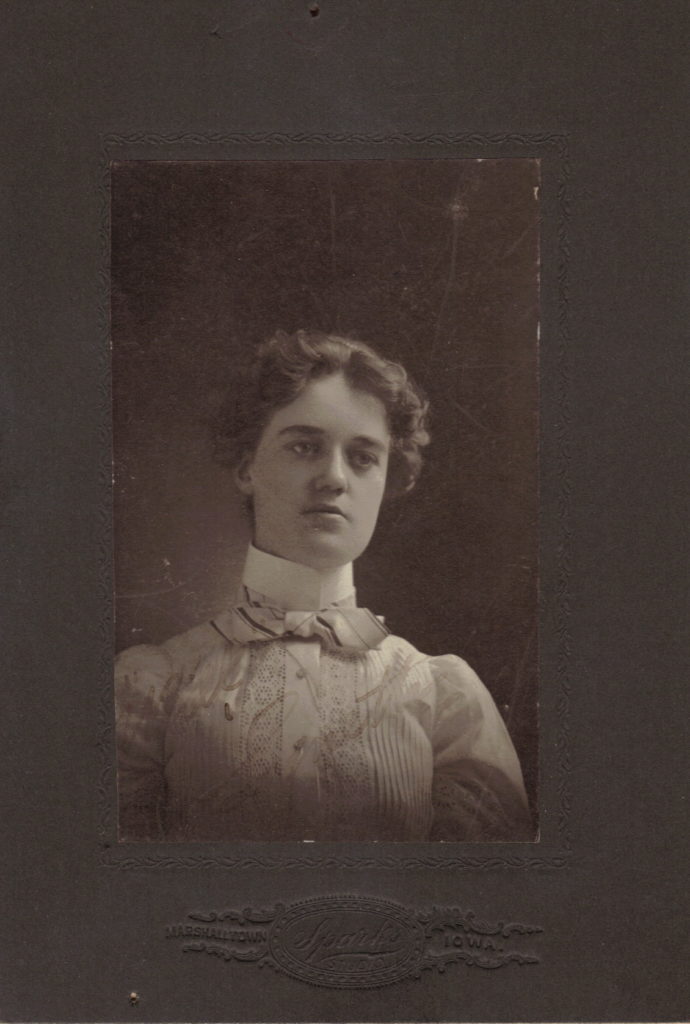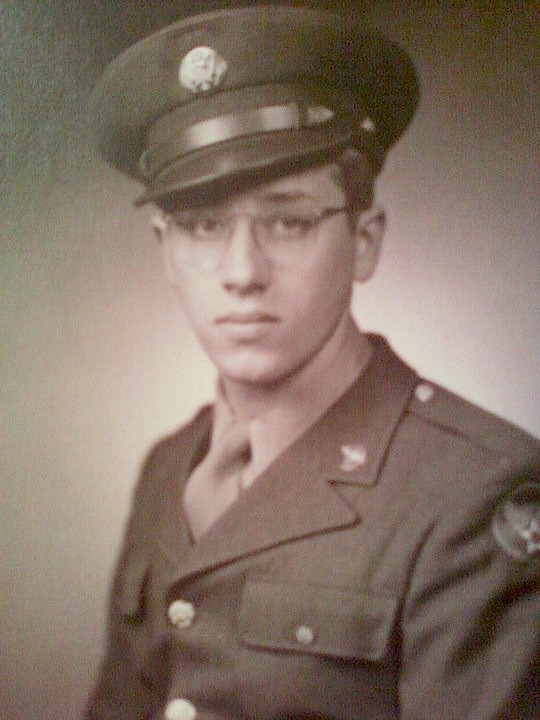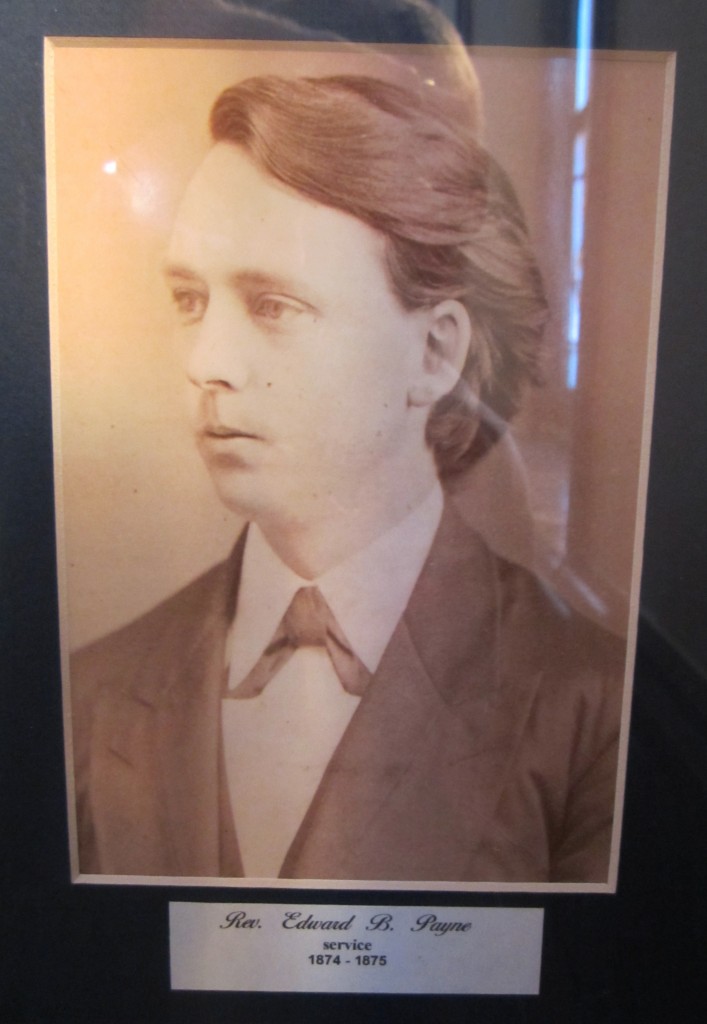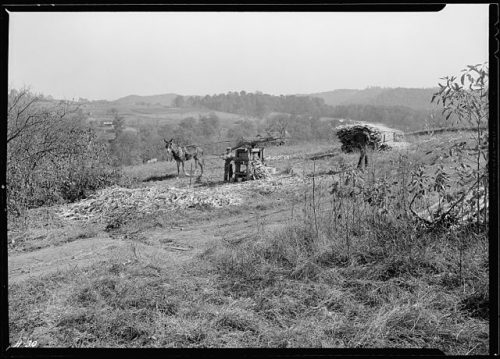“Waste Philosophy” by Rev. Edward B. Payne, 1892: Introduction
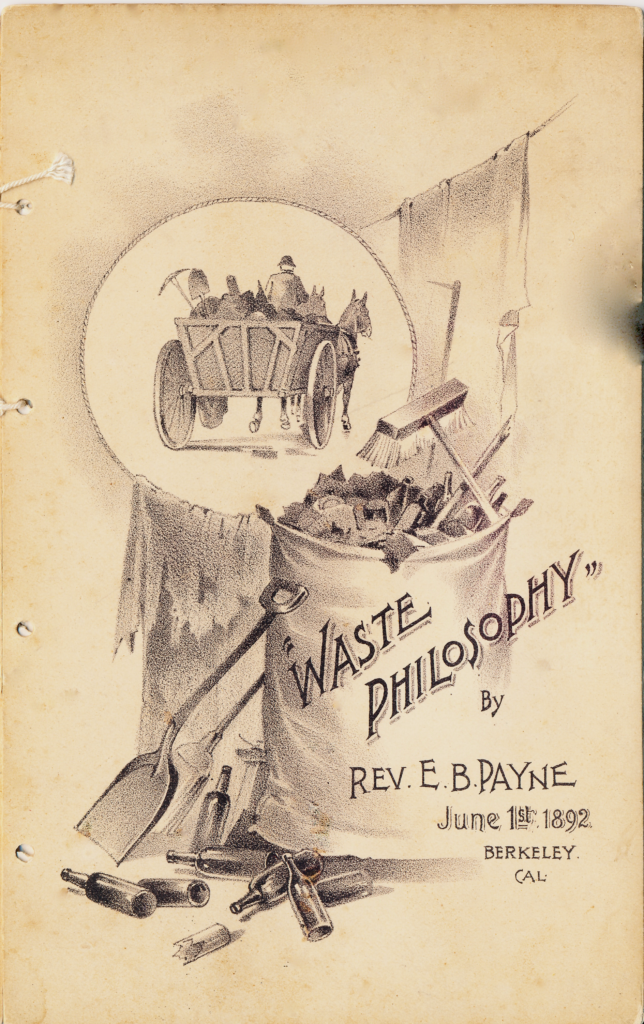
McMurray Family, Payne Family (Click for Family Tree)
[Am I related? Yes, if you are a descendant of Dr. Edward A. McMurray, Dr. Herbert McMurray, or Maude “Midge” (McMurray) Cook. If you are not related, you may still enjoy this series of posts, since this is National Poetry Month (!!) and because this poem speaks to our history, psyche, and culture. Hopefully all will enjoy.]
Fifty years ago today, in 1970, a group of concerned environmentalists celebrated the first official “Earth Day.” Pollution of water and air, as well as trash and litter, were becoming bigger problems as our population increased and the “things” we purchased as individuals and a society became disposable. So many of our ‘throw-away’ items never really went away, however, just temporarily out of sight into a landfill or an old overgrown lot in a neighborhood or down by a river. Our country, states, and municipalities have developed regulations over these last fifty years to help control trash and minimize pollution to help us all stay healthier and to maintain our precious water, air, land, and ecosystems. Although we have not made the progress those early Earth Day celebrants knew was needed, we have come a long way over these fifty years, and Americans are healthier, in some ways, because of this awareness and drive for change.
Our ancestors knew that polluted land, air, and water were unhealthy for us all, and that trash piling up could cause outbreaks of disease, draw vermin that carried disease, and was smelly and unsightly. Our ancestors also were frugal, and many of them quite poor- they could not afford to throw away old clothing and bedding, glass bottles, or fabric sacks (bags). They did have some mechanisms to collect these items and reuse them, and one of the ways they did that was by allowing ‘rag pickers’ and others to assist with solid waste ‘disposal’- really “reuse” and “recycle” before those words were trendy. Some of our immigrant ancestors would have this job soon after they got off the boat, since they likely had little money once they had paid their passage and rented a home or apartment in America, and they probably spoke no English which was a barrier to a conventional job. There was also quite a lot of anti-immigrant sentiment at times as a new ethnic group flooded in, and these groups felt discrimination in economic as well as physical ways. Rag pickers were considered some of the lowest in society, sadly. Some of our Broida family (unrelated to the McMurrays and Paynes) came over as immigrants from Lithuania, and were rag pickers in New York City right off the boat. They worked hard, brought over the rest of the family, and finally became merchants of fine men’s and women’s clothing- the American dream and truly a “rags to (what would have seemed like) riches” story.
We do not know much about our very early McMurray and Payne ancestors, but rag picking could have been a job some of them did, or it could have been a way to make a little money on the side. Many persons “of an age” will remember collecting glass soda bottles and later cans along the side of the road and turning them in for two cents or a nickel each, and then using that money for a comic book or candy at the five-and-dime, or to help buy dinner if the family was in dire circumstances. Salvage yards, flea markets, and those who dumpster dive or pick up ‘good’ trash from the ends of driveways on pick-up days are also carrying on the tradition of caring for the earth and reusing/recycling materials.
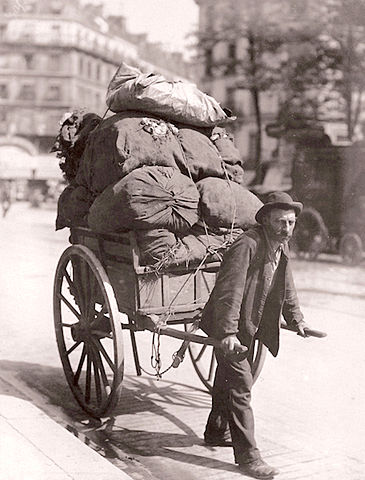
In earlier days, a rag picker would have a cart or a pack animal and walk through the streets, calling out their offer to buy rags, bottles, cloth sacks, metals, even bones. Sometimes the rag picker would purchase the items, other times they would just remove garbage for a citizen or business who would be grateful to see it gone. The rag picker or the family might clean and/or sell the items to a person or business who would then reuse or recycle the product. Glass bottles are one example- they could be cleaned and reused, or melted to form new glass. Sometimes ragpickers sold their finds to a middle person who would then work with purchasers.
Rev. Edward B. Payne (1847-1923) was living in Berkeley, California in 1892 when this poem was published. He had been brought up in the Congregational faith with deep New England roots. His father, Joseph H. Payne, was an ordained minister, and his mother, Nancy (Deming) Payne, came from a line of Congregational deacons. Edward’s wife, Nannie (Burnell) Payne, also came from deep New England Congregational roots- her father Kingsley Abner Burnell was a lay missionary who travelled the world and her mother, Cynthia Maria (Pomeroy) Burnell, had a father who was a deacon in the church. Edward and Nannie lived in Berkeley from 1875-1880, after he was ordained. He ministered to the first church built in Berkeley, the Congregational Church. Edward had a crisis of faith though, and became a Unitarian minister, serving in New England for some time before he was called again to Berkeley in December, 1891. He was the first Unitarian minister installed in Berkeley, and he helped develop a very active Unitarian Society. According to this poem, he was challenged by a Book Club Committee, which may have been a Unitarian group, though could have been a secular local group, since the University of California was also in Berkeley. The city was still small- just 5,101 citizens in the 1890 census, and likely had rag pickers who helped keep the small town clean. The Book Club tasked Edward with determining how waste materials gathered by these persons, such as “Rags and bottles, sacks and bags” could possibly have any relationship to literature. Rev. Payne was a perfect candidate for this mind-tickling task, as he was incredibly well-read, a deep thinker, and an excellent writer. The committee most likely thought that the Reverend would devise an intriguing story to tie together these incongruous topics, and that he did. He even set the story in poetry, and, like any talented religious teacher, he provided a number of morals to the story.
Our next post will provide the poem in its entirety. We hope that you will enjoy the poem, and think of how it has meaning for us today. With the Covid-19 virus pandemic shedding a glaring light on human social and economic disparities, our divisiveness as a country, and a (sometimes) lack of understanding that all humans are equal, we can take these words from 1892 and bring new meaning into our 21st century lives.
Stay safe out there, and wash your hands, please.
Notes, Sources, and References:
- The “Waste Philosophy” booklet/poem presented in these posts is scanned from a family copy, so very generously given to the author by her dear aunt in 2018. It is quite treasured, knowing that it was held in the hand of Edward B. Payne, and then his daughter, Lynette (Payne) McMurray, who may have been the person who underlined some of the words in the poem. The Bancroft Library, University of California-Berkeley, also has a copy of this booklet- the only other copy found in many years of searching libraries. A scan was requested and paid for in 2014 (prior to knowing of the family copy), but was not posted here as permissions would have been required from the Bancroft. This booklet should be considered Public Domain due to its age.
- Berkeley, California population statistics– http://www.bayareacensus.ca.gov/cities/Berkeley40.htm
Click to enlarge any image. Please contact us if you would like an image in higher resolution.
We would love to read your thoughts and comments about this post (see form below), and thank you for your time! All comments are moderated, however, due to the high intelligence and persistence of spammers/hackers who really should be putting their smarts to use for the public good instead of spamming our little blog.

